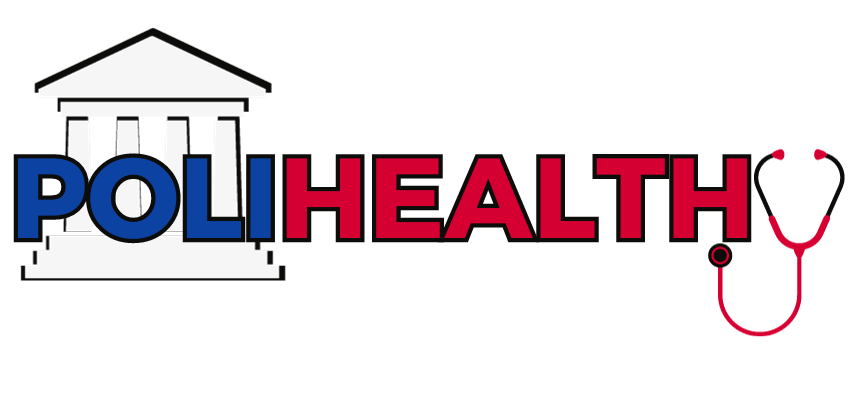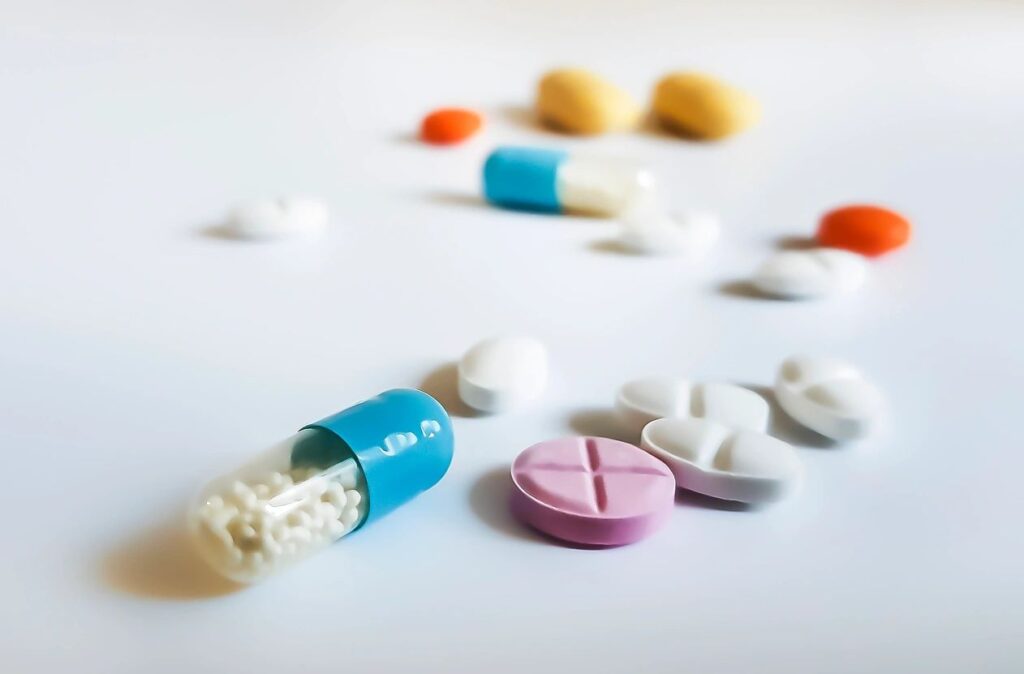The Ultimate Guide to Respiratory Illnesses and Breathing Problems During Public Health Emergencies
Table of Contents
- The Ultimate Guide to Respiratory Illnesses and Breathing Problems During Public Health Emergencies
- Importance of being Prepared for Respiratory Illness Emergencies during a Pandemic
- Understanding Respiratory Illnesses
- Symptoms and signs of the “Tripledemic”- the Flu, COVID 19 and RSV, plus JN.1
- The Importance of Preparing for a Respiratory Illness or Breathing Problems in Emergency Situations
- Creating a Family Emergency Plan for Respiratory Emergencies
- 8 Steps to Develop a Family Emergency Plan for Respiratory Illness Emergencies
- Stocking Emergency Supplies for Respiratory Illnesses and Breathing Problems
- Pack, Grab, & Go for Easy Breathing! My Respiratory Emergency Bag
- Tips for Checking and Replenishing Emergency Supplies During a Public Health Respiratory Emergency
- Navigating Through Respiratory Illnesses During a Pandemic
- How do you know if the Respiratory Problem is severe?
- Maintaining Good Hygiene Practices
- Protecting Yourself from Respiratory Illnesses with a Healthy Lifestyle
- Mental Health Considerations During Respiratory Illnesses and Public Health Emergencies
- Conclusion
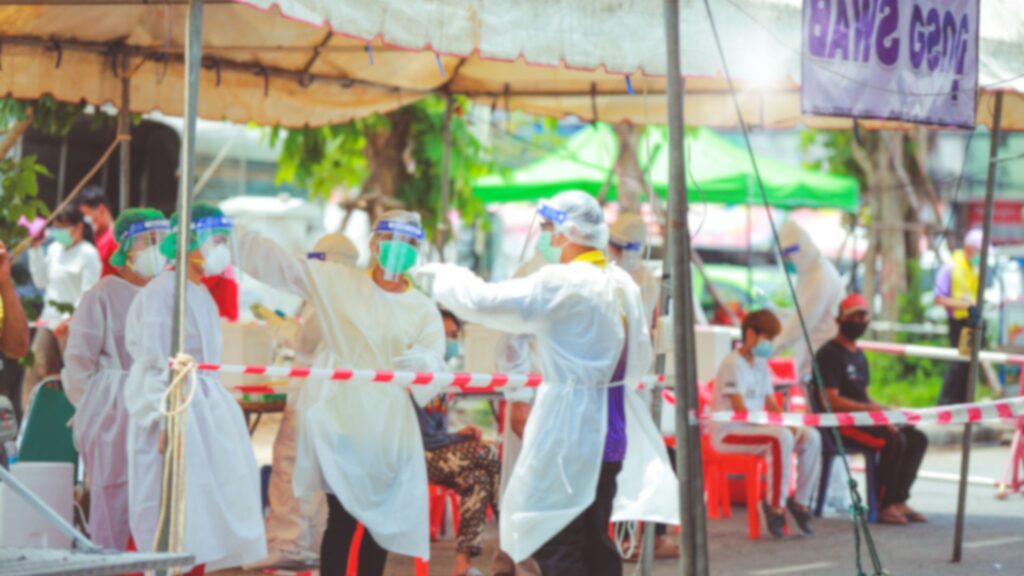
Disclosure: If you choose to make a purchase after clicking a link, we may receive a commission at no additional cost to you. Thank you for your support!
Undoubtedly, the scars of the 2020 pandemic are still fresh. Empty streets, overflowing hospitals, and the constant hum of anxiety painted a bleak picture of how unprepared the world was during a respiratory illness emergency.
While the thick of the storm may have passed, the clouds haven’t entirely cleared yet. There seems to be a constant threat of future respiratory pandemics, a new COVID virus variant JN.1, a “mysterious pneumonia” and the looming Disease X. We cannot afford to stumble and be unprepared. Swift attention to any impending health crisis needs immediate attention and response, that’s where emergency health preparedness comes in.
Who needs a health preparedness plan for respiratory illnesses and breathing problems during public health emergencies?
Everyone!
The importance of having a sturdy plan and adequate health insurance will shield you against the uncertainties of tomorrow. It’s about understanding the risks, not succumbing to fear or impulsive decisions. It’s about building resilience. The purpose of this blog post is to provide you with a comprehensive guide to pandemic health preparedness.
I will provide invaluable insights and strategies to ensure you are well-prepared for any respiratory health emergency that may come your way. From developing a robust emergency plan to stocking up on essential supplies, this guide will guide you to face the unknown with readiness.
Importance of being Prepared for Respiratory Illness Emergencies during a Pandemic
As we have seen in the face of the COVID-19 pandemic, it is crucial to understand the characteristics of new diseases so that we can properly prepare for them. Rumors and misinformation will pop up, especially when there is a new outbreak. It is important to know how to protect yourself from health misinformation and get updated information from reputable sources. Following health guidelines and evidence-based precautions will minimize your risk of getting sick.
Top 4 Reasons for being Prepared
Being prepared to handle respiratory illnesses and breathing problems have four benefits:
- Reduced Panic and Uncertainty: Having a plan and necessary supplies will drastically reduce the anxiety about the threatening respiratory illness. Knowing what to do and having the resources you need to manage mild cases at home will help ward off panic and fear.
- Reduction in Transmission: Knowing the precautions to reduce and prevent the spread of respiratory illnesses like wearing a proper mask (KN95, N95, high filter masks), isolating when sick, and proper hygiene practices, can help to contain the spread in your home and the community.
- Knowing the Increased Risk: Knowing your risk of getting the illness, recognizing mild signs and the progression of respiratory disease cannot be stated enough. You must determine when to seek immediate medical attention, or when you have a mild case that can be managed at home.
- Timely Medical Intervention: Early medical intervention during respiratory illnesses can significantly improve health outcomes and reduce anxiety for people with respiratory illness. Necessary supplies like medications, testing kits, equipment, and nebulizer treatments are necessary, especially for high-risk individuals.
The peace of mind you will receive from safeguarding yourself and loved ones is worth it during uncertain times.
Don’t know where to begin? No worries. Keep reading!
Overview of the Comprehensive Guide and Checklist
PoliHealthy’s ultimate checklist can help you navigate through respiratory illnesses and breathing emergencies during a pandemic. Some of the items you will need include a medication kit, an emergency kit, non-perishable food, potable water, and a family emergency plan.
Understanding Respiratory Illnesses
According to Johns Hopkins Medicine, respiratory illnesses are common in the wintertime. There are many respiratory illnesses that are self-limiting. However, there are some that aren’t, and we need vaccines, antibiotics or antivirals to effectively prevent or treat them. If not treated properly, sometimes this can lead to permanent injury to the lung.
What are Respiratory Illnesses?
Respiratory illnesses range from common colds to conditions such as asthma, chronic bronchitis, and pneumonia. These conditions affect the air passages, the lung function, and your overall respiratory health. It’s important to understand the different types of respiratory problems, as this knowledge will help you to decide how to appropriately manage it and know when to seek appropriate medical care.
Additionally, respiratory conditions like the flu, COVID 19, RSV, atypical pneumonia and JN.1 are significant threats as they spread rapidly across the US currently. We must be prepared for them strategically.
Common Types of Respiratory Illnesses During a Pandemic
According to the Centers for Disease Control and Prevention, the most dominant respiratory viruses affecting the United States are RSV, the flu, COVID-19, and the JN.1 subvariant. On December 8, these respiratory illnesses were declared to have reached critical levels in the US. Many southern US states are experiencing a surge in JN.1 cases.
Symptoms and signs of the “Tripledemic”- the Flu, COVID 19 and RSV, plus JN.1
Early symptoms and signs of respiratory illnesses can overlap, making it difficult to differentiate. However, pay attention to fever, cough, shortness of breath. All 3 viruses share fever, cough, and fatigue. The flu typically causes muscle aches and chills. Of note, Mycoplasma Pneumonia being referred to as “Walking Pneumonia,” has also been mentioned lately. Pneumonia can be viral as well as a bacterial infection. Pneumonia causes inflammation in the air sacs of the lungs. This often leads to symptoms such as cough, fever, and shortness of breath, and is treated with antibiotics, if it is bacterial.
Here is an overview of the signs and symptoms of the Flu, JN.1, and RSV:
Flu
-Sudden onset of fever, chills, and muscle aches
-Dry cough, sore throat, and runny or stuffy nose
– Headache, fatigue, and vomiting or diarrhea (especially in children)
JN.1 (COVID-19 subvariant)
Similar to regular COVID-19, but may present with:
-Fatigue and muscle aches
-Sore throat and runny nose
-Loss of taste or smell
-Fever and cough (less common)
RSV
-Runny or stuffy nose, sneezing, and mild cough
-Fever, fatigue, and decreased appetite
-Wheezing and difficulty breathing, especially in infants and older adults
Note: JN.1 and RSV may share symptoms like sore throat and runny nose.
Modes of Transmission (How Respiratory Illnesses Spread)
You are probably wondering how can these respiratory illnesses spread, and spread so quickly?
Respiratory illnesses can be spread in many ways, these usually include airborne transmission, droplet transmission, and direct contact with respiratory secretions.
Airborne transmission: occurs when small particles containing the virus or bacteria float in the air, and we unknowingly breathe it in. The virus then travels through the mouth and nose, then to the air sacs of our lungs.
Droplet transmission: occurs when larger respiratory droplets are produced when an infected person coughs, sneezes, or talks. The droplets land on the mucous membranes like the mouth, nose, eyes of another person. Typically, this type of spread happens when persons are within close contact.
Direct contact transmission: Occurs when respiratory secretions or droplets linger on surfaces or objects. Touching surfaces contaminated with virus-laden droplets, touching the face, or shaking hands, can also result in infection from direct contact.
The Importance of Preparing for a Respiratory Illness or Breathing Problems in Emergency Situations
I’m sure many of you woke up to news of surging respiratory illnesses spreading across the world and the United States. You may have seen hospitals in China struggling to keep up. You may be panicking. Please DON’T panic. Fear is natural and you are not alone.
I was fearful when working directly with COVID patients at the height of the pandemic. I’m here to share strategies with you that I have used. I am confident that you will be ready for any situation and navigate your way through this.
Why it is Crucial to be Prepared for Respiratory Illness Emergencies
Being prepared for respiratory illness emergencies is essential to ensure the health and safety of yourself and your loved ones and ease your mental stress. By understanding the importance of preparedness, you can create an emergency plan for respiratory outbreaks, stock up on essential items in an emergency kit, and be better informed to handle respiratory emergencies effectively.
The Potential Impact of a Pandemic on Healthcare Systems and Resources
During public health emergencies for respiratory illnesses, there will be greater efforts by health agencies to lessen the spread. This often comes with more health campaigns and urgency to practice preventative measures. This is a sign that public health officials are working diligently to contain the spread.
You may also see this urgency at a community level. I have started to observe more public health announcements on TV and so far, I’ve seen local agencies offering testing, COVID kit distribution and a call for more vaccinations. This is all normal- the frequency of reminders may cause you to worry-but try to remain calm.
This is a part of community education campaigns to increase awareness. Just remember that all countries have a duty to educate their citizens about safe health practices, especially during surging respiratory illnesses.
Creating a Family Emergency Plan for Respiratory Emergencies
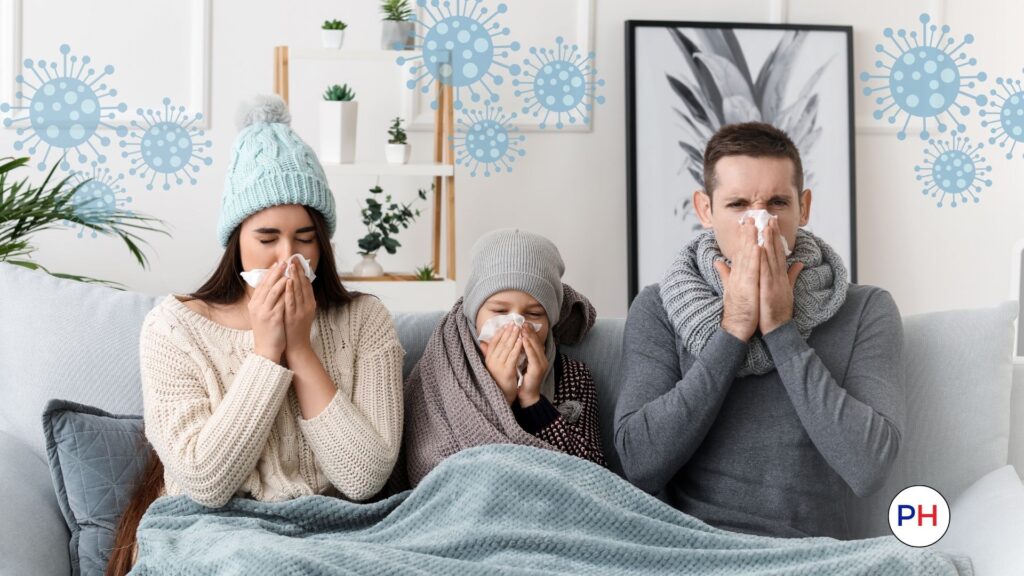
Developing a comprehensive family emergency plan is an essential step in preparedness for respiratory emergencies. Involving all family members in the planning process ensures a coordinated response during such situations. Everyone must have a job, for example, parents check the expiration dates on all medications in the kit, while children rotate certain foods.
What will your role be in your emergency plan for respiratory outbreaks?
8 Steps to Develop a Family Emergency Plan for Respiratory Illness Emergencies
Key steps to prepare for respiratory emergencies are:
- Educate your family members about potential respiratory emergencies, their common symptoms, and the immediate steps to take are central to the emergency plan.
- Regularly review and update your family emergency plan. Ensure that necessary changes are updated such as medical conditions, contact information, and the fastest route to your local hospital. (It’s preferable to write this information in a book and upload it digitally by using a password encrypted service. This way you’ll have physical and digital copies).
- On a separate page include emergency contact information, such as the contact details of healthcare providers, your local health departments, and emergency services (ambulances, evacuation shelter, community food sources).
- Make a copy of all health insurance cards and staple copies together.
- Establish a designated place where supplies and respiratory equipment like nebulizer machines will be kept. Every member of the family must know where to find emergency supplies. (Keep medications out of the reach of children).
- Sign up for local and government emergency alert systems.
- Put in writing the assigned roles of each family member at the top of the page or somewhere clearly visible.
- Establish a preferred communication method. Agree how you will communicate with family members in an emergency and how frequently. Will you be using text, face-to-face, phone, email communication or a combination?
Stocking Emergency Supplies for Respiratory Illnesses and Breathing Problems
Preparing an emergency kit with essential items is crucial for respiratory illness emergencies. Being prepared can even boost your mental well-being during stressful times. Knowing you have everything you need can significantly lower anxiety and allow you to focus on your health and the well-being of others.
Essential Items to Include in an Emergency Kit for Respiratory Illness Emergencies
Your emergency kit will give you peace of mind when things get chaotic. Please consult your doctor if you have health concerns (I have detailed suggestions about this below).
Some essential items to include in your emergency kit are:
- Medications, such as asthma inhalers or bronchodilators, antibiotics, antivirals prescribed by healthcare professionals for chronic conditions.
- First aid supplies, such as bandages, antiseptics, and thermometers, should also be part of the emergency kit.
- Respiratory protective equipment, such as masks preferably N-95 to filter micro and nano particles should be included, especially during a respiratory infection outbreak.
- Adequate food and water (or water purification pills)
- Sanitation supplies such as soap, hand sanitizers, disinfecting wipes, toilet paper and garbage bags.
- Medical supplies like nebulizer machines (you do not need a prescription for this, out of pocket costs range from $35 to $120, depending on the brand and additional supplies).
Each family has specific needs of individuals. Infants may need diapers, baby formula, while elder family members may need assistive devices like walkers. Remember to add these items as they are also important.
Tip: Never forget to add a flashlight.
Pack, Grab, & Go for Easy Breathing! My Respiratory Emergency Bag
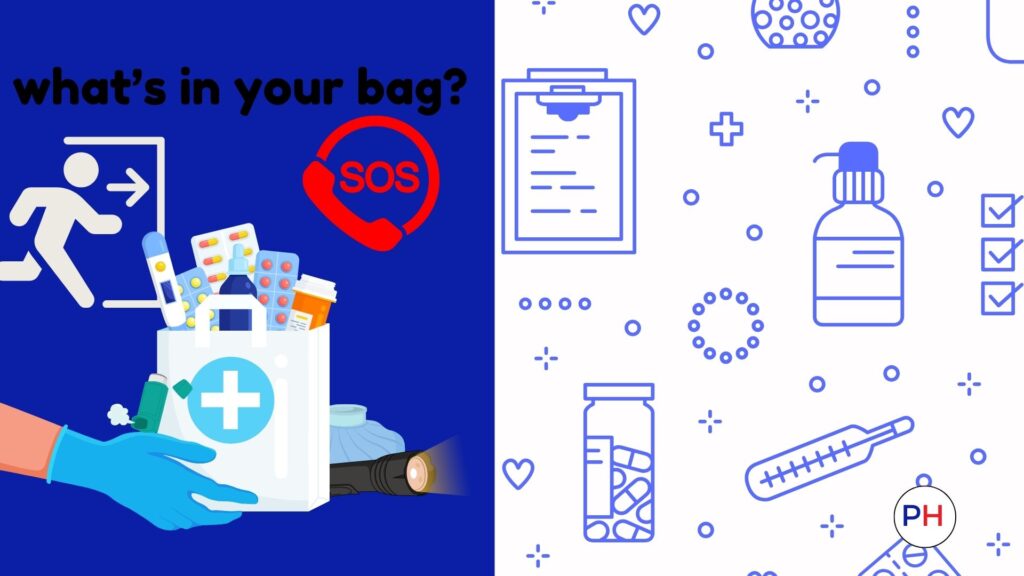
I add allergy medicine and extra water depending on the season. Water is good for keeping the airways hydrated. Speaking of water, I keep these following lifesavers stocked for emergencies (no matter the season!), and you can snag them all on Amazon too!
–Ready Hour Emergency Meal Entres
4 pk Jardlite LED Emergency Flashlight, batteries sold separately
–Medical and First aid Kit (love the waterproof box!)
-Prescribed Nebulizer (from your doctor)
– Tylenol (rapid release)
– 20 count N95 Respirator Masks (for adults)
–30 count N95 Respirator Masks (for children)
– Hand sanitizer (must contain 60% alcohol)
–Non-bleach disinfectant wipes
I try to rotate items in my backpack every 3-4 months using a checklist. The food and water stays put in their designated spots.
Tips for Checking and Replenishing Emergency Supplies During a Public Health Respiratory Emergency
The best methods that have worked great for me over the years are putting it on my calendar, using a checklist and labeling items. All these methods help me quickly scan where the item is, what needs to be rotated, used, and replaced etc. I also have a quarterly reminder on my phone to check the dates of supplies.
Here is a detailed overview of How I Check and Restock my Emergency Supplies
Inspect and Replace Method:
Medications and other items must be checked for expiration dates. If expired, medications must be responsibly discarded. In some cases, approved unexpired medications can be donated to certain non-profits. Canned goods close to expiration are used in my meals and replaced.
Equipment such as nebulizers and flashlights are tested to ensure they are functioning properly. If anyone in your household uses assistive devices like hearing aids, test those as well. Ensure that batteries are in optimal shape. Any battery -operated or electric device must be checked.
Replace canned goods that are dented or gloves that appear miscolored or dirty.
Spills from liquid products must be promptly cleaned. Secured all containers that have liquids with adhesive tape. Secure the head and neck of the bottle. This will prevent spillage when travelling and maintaining the effectiveness of gloves and masks.
Top-Up and Seasonal Switch Method:
Replenish any used items. Even if you used a battery from your emergency kit, remember to replace it as soon as possible. Waiting for the next 3-4 months to restock is not the best option.
Consider adjusting what you have in your emergency respiratory kit based on the season. For example, if you have allergy flare-ups in the spring that triggers your breathing issues, remember to have extra allergy medications and breathing treatment included in your emergency kit.
Making plans to contact the doctor or head to the nearest hospital must be a part of your plan. You can do a lot at home with a mild respiratory illness, however when extra care is needed, you must make every effort to protect your health and the health of your family.
How do you know when to seek medical help?
Navigating through respiratory outbreaks and respiratory emergencies such as COVID 19 and other variants require knowledge of the immediate steps to take, understanding when to seek medical help, and implementing measures to prevent the spread of infection.
Immediate Steps to Take
- If you or someone around you experiences severe breathing difficulties (complaining of shortness of breathing, or showing signs of shortness of breath) it is important to seek medical consultation immediately.
- Calling your healthcare provider allows for timely medical intervention and the appropriate management of breathing problems. Depending on the severity of the shortness of breath, you must call 9-1-1.
How do you know if the Respiratory Problem is severe?
While the following signs may be indicators of needing medical care, don’t hesitate to consult a doctor or other healthcare professional for any worrying signs.
7 Severe Signs of Breathing Difficulties
It is important to know these 7 severe signs of breathing problems (this list is not complete):
- Bluish lips and face, some people may appear pale or gray.
- Chest pain that does not go away (complains of “chest tightening”)
- Wheezing (a high-pitched sound when the person breathes in and out) despite respiratory treatments.
- Sudden confusion, disorientation
- Slurred speech, or panicked look
- Rapid and shallow breathing, or (“breath stacking”). This occurs when the person is unable to take full deep breaths. For instance, their breathing might be rapid and shallow, similar to after an intense exercise.
- Inability to speak. The person appears to be struggling to catch their breath between words.
Other concerning factors like fevers of 100.4 F or greater may affect newborns and the elderly differently. In a healthy adult 18-50 with a fever, it is generally recommended to seek medical treatment within 24 hours, but this can change rapidly in newborns, children, and the elderly. Early treatment is important in these groups.
Maintaining Good Hygiene Practices
Maintaining good hygiene practices is important, especially in times when there are emergency public health announcements of surging respiratory illnesses. There are simple things you can do to protect your health such as practicing proper handwashing, using hand sanitizers, covering your nose when you cough or sneeze with tissues or your elbow (if you have no access to tissues).
The importance of practicing good hand hygiene to prevent the spread of respiratory illnesses is undeniable. To fight virus and bacteria from spreading, you need to have a good lather and hand friction for at least 20 seconds to kill germs and viruses.
To disinfect everything in one day may not be feasible, instead focus on high traffic areas, then work your way to low- traffic areas. Start with high touch zones such as doorknobs, light switches, faucets, countertops, phones, remote controls, and keyboards.
Shared spaces and electronics should be carefully sanitized as well. These areas will need a deeper cleaning. Cleaning the nooks and crannies matter with these items to reduce the spread of respiratory illness through direct contact.
Also be sure to disinfect your phone, headphones, wallets and even glasses frames. This will ensure that you are not introducing viruses into your eyes or nose or mouth.
Using Hand Sanitizers to prevent the spread of Respiratory Illnesses
To limit the spread of respiratory illnesses when there is no access to water or soap, hand sanitizers are effective. Hand sanitizers with at least 60% of alcohol content will provide similar protection. The only caveat is hand sanitizers are only recommended if your hands are not visibly soiled.
For example, if you sneeze and your hands are visibly soiled, it is better to wash your hands. In addition, if after using hand sanitizers a few times you feel a thin, sticky film on your hands- it may be time to wash for at least 20 seconds with soap and water.
Protecting Yourself from Respiratory Illnesses with a Healthy Lifestyle
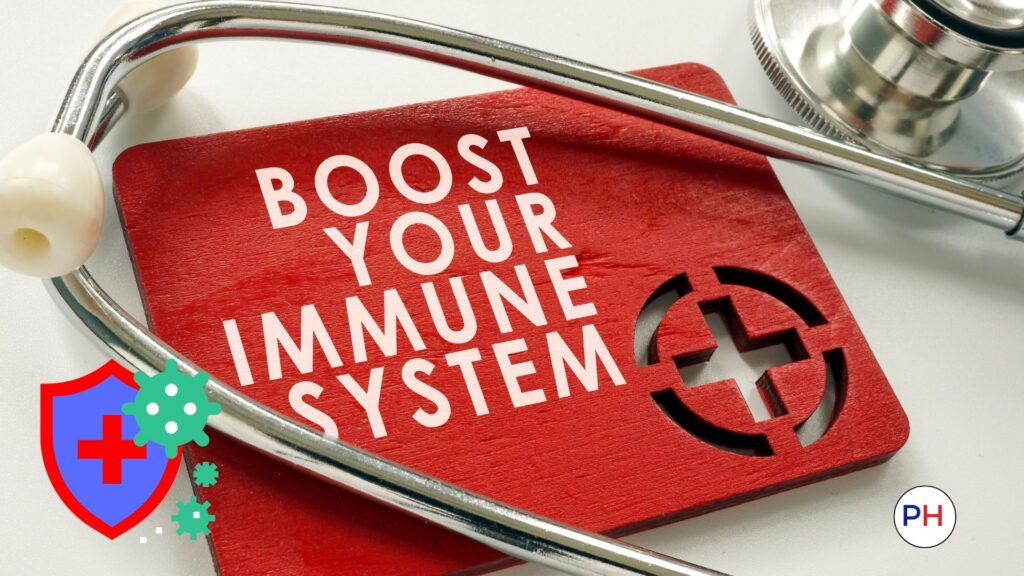
Protecting yourself from respiratory illnesses requires maintenance of a healthy lifestyle as well. You can greatly reduce the risk of infection by having a healthy immune system. Engaging in regular physical activity, such as walking, jogging, or cycling, promotes lung health, strengthens the respiratory muscles, and improves overall well-being.
According to Harvard School of Public Health, prioritizing a balanced diet rich in nutrients, vitamins, and antioxidants supports the immune function and can make the body more resilient to infections.
Managing Chronic Respiratory Illness and Breathing Difficulties
If you have chronic respiratory concern, seeking medical consultation for the management of chronic lung conditions, such as asthma or chronic obstructive pulmonary disease (COPD) ensures that you receive appropriate management of your respiratory health. It’s important to remember that lung cancer, chronic bronchitis, emphysema, and other lung conditions require specialized medical attention and appropriate therapy in a timely fashion.
In public health emergency for respiratory outbreak, your specialist should work closely with you to manage your respiratory concerns. Having fast-acting medications like albuterol must always be in your emergency kit.
Mental Health Considerations During Respiratory Illnesses and Public Health Emergencies
Following a respiratory emergency, some people may experience anxiety, depression, or post-traumatic stress- all of which have a significant impact on mental health. Seeking professional support, such as therapy or counseling in person or by telemedicine, is crucial in the recovery process and decreasing mental stress.
Engaging in stress-reducing activities and relaxation exercises, or hobbies, can help you alleviate anxiety and promotes mental well-being. Continuing to maintain social and communication with loved ones and support networks is important in addressing emotional challenges after an emergency event.
Recognizing and addressing the psychological impact of respiratory emergencies is necessary for gauging when you need help. Preparing for and living through a pandemic or respiratory emergency will test your strength, resources, and your resilience, but there is help. Accessing mental health resources, such as helplines, support groups, or online forums, may provide you with coping strategies, emotional support, and the necessary tools to prioritize your mental health after the emergency period.
Conclusion
Respiratory emergencies can be frightening, but with the right knowledge and preparation, you can navigate through them effectively. First, understanding the types of respiratory illnesses, their symptoms, and modes of transmission is crucial for early detection and prevention. This will give you the confidence to take care of your health and create a family emergency plan that will have all essential items in your emergency kit to help you prepare.
During a pandemic or emergency notification from health agencies like CDC, it is important to know what immediate actions to take and when to seek medical help. Following preventative guidelines and practicing personal hygiene guidelines are important pieces to the puzzle. In addition, maintaining a healthy lifestyle and following up with specialists, if applicable, will be necessary in maintaining your health.
Take control of your preparedness by creating a schedule to regularly check and restock your emergency supplies, whether it is quarterly or biannually- remember to put it on the calendar.
If you found this blog helpful, please share. Be safe!
Medical Disclaimer: This content is for informational and educational purposes only and should not be taken as medical advice. Please consult a doctor or other qualified healthcare provider for any health concerns you may have.
Sources
Harvard School of Public Health
Nutrition and immunity. (2022, December 5). The Nutrition Source. https://www.hsph.harvard.edu/nutritionsource/nutrition-and-immunity/#:~:text=8%20Steps%20to%20Help%20Support%20a%20Healthy%20Immune,7%20Aim%20to%20manage%20stress.%20. . .%20More%20items
Emergency Alerts
Emergency Alerts | Ready.gov. (n.d.). https://www.ready.gov/alerts
John Hopkins Medicine
Winter Illness Guide. (2023, October 20). Johns Hopkins Medicine. https://www.hopkinsmedicine.org/health/conditions-and-diseases/winter-illness-guide
Assistant Secretary for Public Affairs
Assistant Secretary for Public Affairs (ASPA). (2023, December 4). Get four Free At-Home COVID-19 tests this fall. COVID.gov. https://www.covid.gov/tools-and-resources/resources/tests
